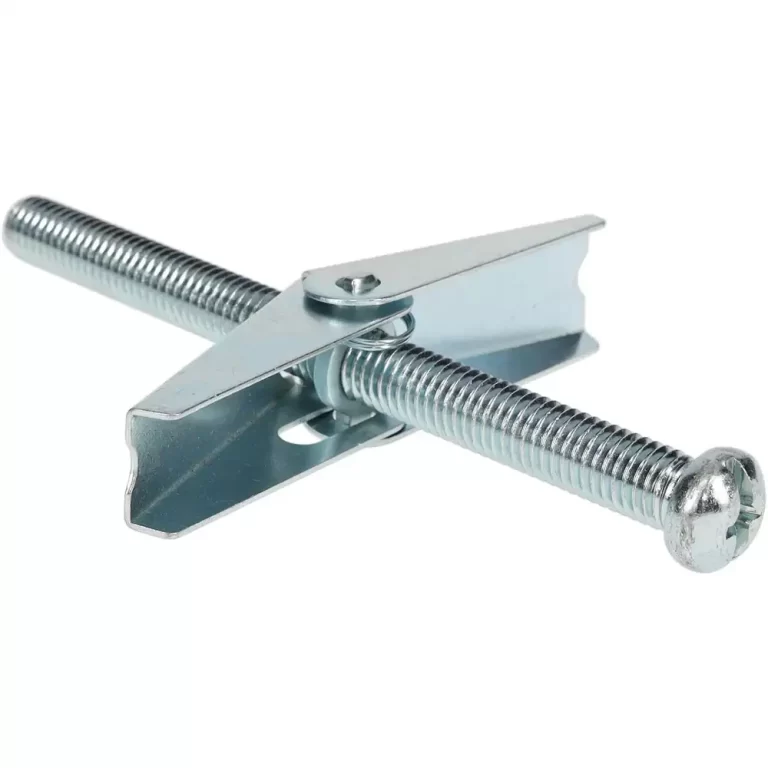Babyproofing House: A Room-by-Room Guide
Babyproofing your house is the key to preventing accidents and ensuring a secure environment for your child to explore and grow. In this comprehensive guide, we will walk you through the essential steps of babyproofing your house, providing you with expert tips and insights to keep your baby safe and sound.
Babyproofing House: A Must-Do Task

The safety and well-being of your baby should always be a top priority. Babyproofing your house is a crucial step in safeguarding your child from potential hazards.
Here are some essential measures you can take to create a safe environment for your little one:
1. Secure Furniture and Electronics
Babies are naturally curious and tend to explore their surroundings by pulling themselves up on furniture or attempting to climb. To prevent accidents, secure heavy furniture, such as bookshelves and televisions, to the walls using furniture straps or brackets.
Additionally, cover electrical outlets with childproof outlet covers to prevent electrical shocks.
2. Install Safety Gates
Safety gates are indispensable when it comes to restricting your baby’s access to certain areas of the house, such as staircases or rooms with potential dangers.
Choose sturdy gates that are specifically designed for babyproofing purposes and install them in strategic locations to create safe zones for your child.
3. Lock Cabinets and Drawers
Babies have a knack for getting into places they shouldn’t. To keep hazardous substances, sharp objects, and choking hazards out of their reach, install childproof locks on cabinets and drawers.
This will prevent your little explorer from accessing potentially harmful items.
4. Tackle Sharp Corners
Sharp corners on furniture and countertops pose a significant risk to babies who are learning to walk and explore independently.
Invest in corner protectors or edge guards to cushion these potential hazards and minimize the risk of injuries.
5. Cover Electrical Cords
Exposed electrical cords can be tempting for curious little hands. To eliminate the risk of electrical shocks, secure cords with cord covers or cord clips, and keep them out of your baby’s reach.
Babyproofing Checklist: A Room-by-Room Guide

To ensure comprehensive babyproofing, it’s essential to address potential hazards in each room of your house. Let’s take a closer look at specific measures you can take in different areas:
1. Nursery
The nursery is the heart of your baby’s world, so it’s crucial to make it a safe haven. Here’s what you can do:
I. Crib Safety: Ensure the crib meets current safety standards, with slats spaced no more than 2 3/8 inches apart. Remove soft bedding, including pillows and blankets, to reduce the risk of suffocation.
II. Window Safety: Install cordless window coverings to prevent strangulation hazards. Keep cribs and furniture away from windows to prevent falls.
III. Secure Furniture: Anchor bookcases, dressers, and changing tables to the wall to prevent tipping.
2. Kitchen
The kitchen can be a hazardous area for babies. Follow these precautions to make it safer:
I. Lock Cabinets and Drawers: Store cleaning supplies, knives, and other potentially dangerous items out of reach. Use babyproof locks to secure cabinets and drawers.
II. Stove Safety: Use stove knob covers to prevent your baby from turning on burners. Install a stove guard to create a barrier between your child and hot surfaces.
III. Table Safety: Use placemats with suction cups to keep dishes and utensils from being pulled off the table.
3. Living Room
The living room is a common area where families spend a significant amount of time. Take these measures to ensure your baby’s safety:
I. Secure Furniture: Attach furniture to the wall to prevent tipping. Eliminate wobbly or unstable furniture that may pose a risk.
II. Electronics: Keep cords out of reach and use cord covers. Secure television sets and other heavy electronics with wall straps.
III. Blind Cord Safety: Install cordless blinds or use cord cleats to secure blind cords out of your baby’s reach.
By implementing these room-specific safety measures, you can significantly reduce the risk of accidents and create a secure environment for your child to explore and play.
Conclusion
Babyproofing your house is a crucial responsibility that every parent or guardian should undertake.
By following the guidelines and tips outlined in this article, you can create a safe and secure environment for your baby to grow, explore, and learn without any unnecessary risks.
Remember to secure furniture and electronics, install safety gates, lock cabinets and drawers, tackle sharp corners, and cover electrical cords.
Additionally, make sure to address room-specific hazards in areas like the nursery, kitchen, and living room.
READ ALSO!!!




